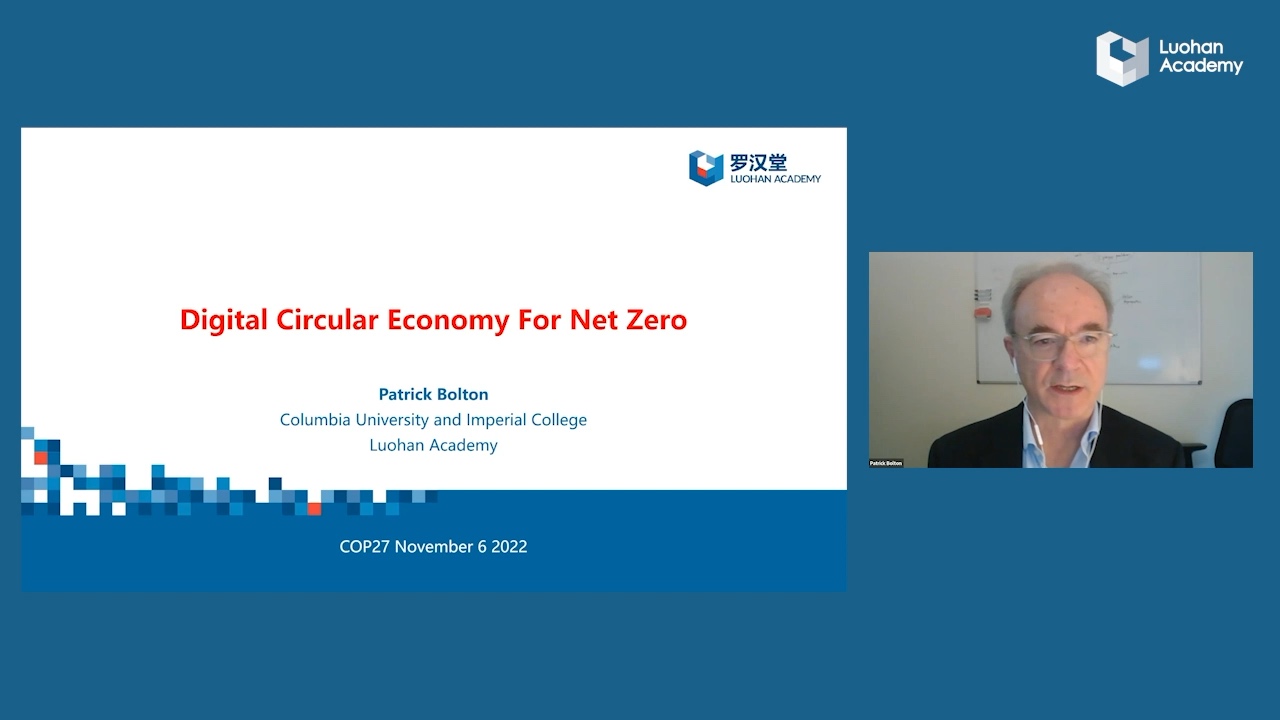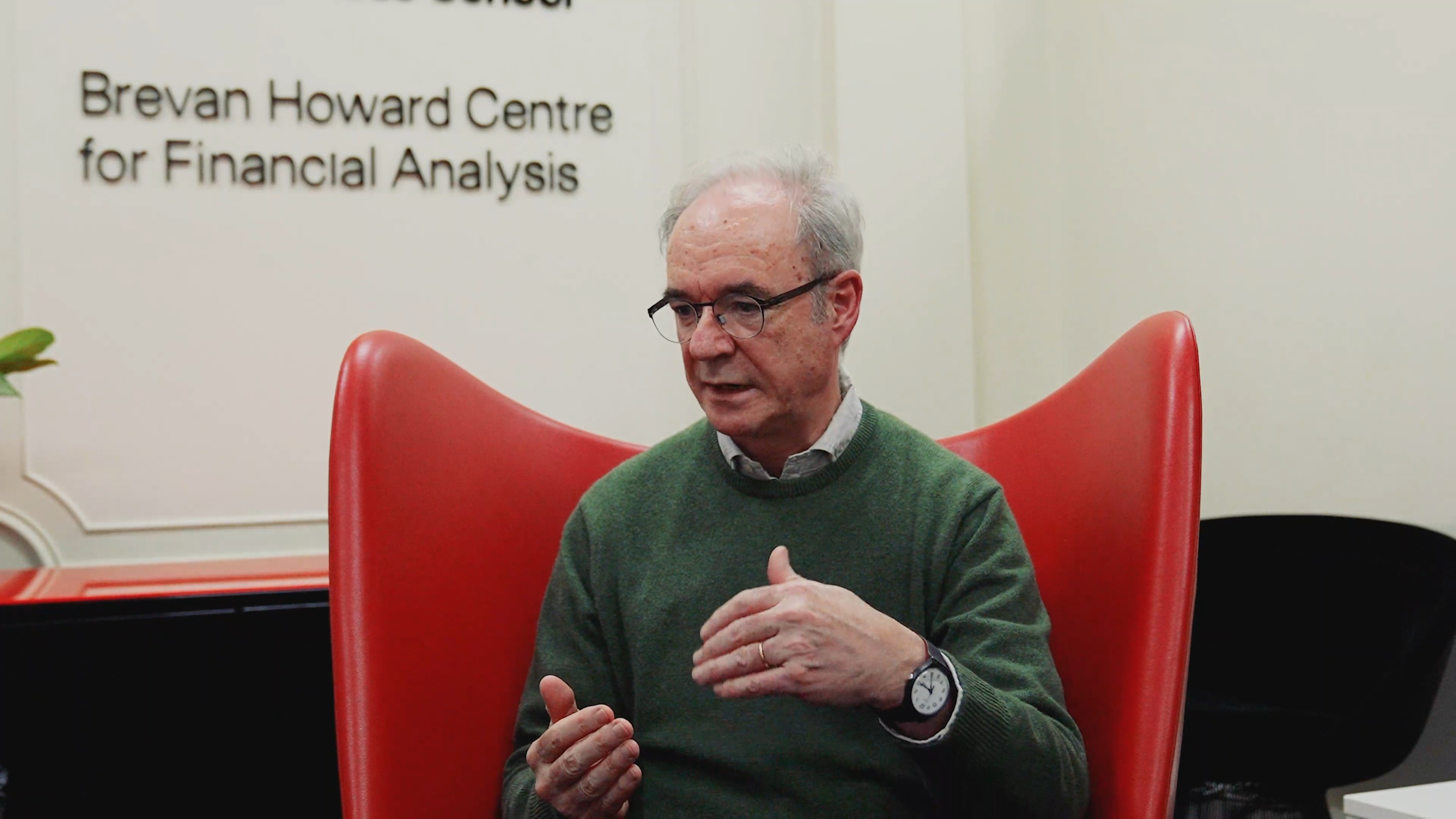More than a year after the world's second-largest economy conducted a limited pilot of a digital form of its currency, the Chinese renminbi, other major central banks finally appear to be taking it seriously. Federal Reserve Chairman Jerome Powell has flagged a forthcoming discussion paper this summer designed to "stimulate broad conversation" on government-issued digital money. Europe's monetary authority is farther along, having released in April results from a public consultation initiated last year. The Bank of England, also in April, announced a joint taskforce with the UK Treasury to explore the ramifications.
Why did central banks dither on exploring central bank digital currencies (CBDC) for so long? According to Darrell Duffie, a finance professor at the Stanford Graduate School of Business, they waited for banking-sector leadership that never materialized.
"Banks are perfectly positioned to do this," Duffie said in a presentation on fixing payment inefficiencies at the Luohan Academy's Frontier Dialogue on May 25. "But they won't."
In the world of payments, banks reap significant profits off of merchants and the widespread use of credit cards. As Duffie illustrates, if Customer Alice wanted to pay Bob the Baker for some bread, the experience would be painless and low-cost for Alice, while for Bob it would be slow and expensive. So expensive in North America, in fact, that the cost of payments represents about 2.4% of GDP there, almost double the share of GDP in Europe, the Middle East, and Africa, McKinsey & Co. estimated in a global payments industry report.

Source: Darrell Duffie
According to the assessment of one senior executive at a leading U.S. financial firm, addressing these inefficiencies through innovation would cut a bank's profits by more than 50%. Not only is there no incentive for banks to retrofit payments, the toll from rocking the boat could be severe.
To be fair, for the government to circumvent the banks and create an official, digital money is the kind of thing that could potentially upend the financial system. Banks serve the needs of both savers and borrowers, and are needed to carry out the central bank's monetary policy. In a world with CBDCs, some foresee central banks offering accounts to companies and households directly. Banks could lose deposits and be less able to extend loans. According to Duffie, the added responsibility of safeguarding data privacy, enforcing anti-money laundering protocols, and conducting know-your-client checks might then fall to central banks to do themselves. None of these prospects appear to be very appealing.
Waiting in the wings, of course, are big tech and fintech. Innovations like the Facebook-led stablecoin – known as Diem – is pressing onwards amid a proliferation of permissionless cryptocurrency networks. Private digital money, if used by enough billions of people around the world, all sending money cheaply and efficiently to each other, could have enormous implications for governments and regulation.
"Relative to existing stablecoins, this is really a network that is optimized for payments," Diem co-creator Christian Catalini said in May's Frontier Dialogue. Those at Diem envision the product as being very much "complementary" to public sector efforts especially on the infrastructure and rulemaking fronts – a collaboration he likened to NASA's work with SpaceX. In China, meanwhile, regulators have already indicated private payments providers like Alipay and Tencent's WeChat Pay will be brought into the supervisory fold.
At this point, the coming revolution in payments seems less a question of ‘if', but ‘when'. Central bankers are starting to pick up the slack left by the banking industry. Speaking at a digital-currencies event last month in Washington, DC, Fed Governor Lael Brainard said the monetary authority was "stepping up" its engagement and laid out in detail the Fed's policy considerations when it comes to digital money, including financial stability risks, consumer protection, financial inclusion, and privacy protections.
What has not yet been discarded is the standard affirmation: "The design of any CBDC would need to include safeguards to protect against disintermediation of banks and to preserve monetary policy transmission more broadly." Areas such as anti-money laundering, cybersecurity, and consumer compliance are where regulators and the banking industry will need to work together, Brainerd said.
If the aim is to finally have proper payment services at reasonable prices, according to Stanford's Duffie, continuing to rely on traditional financial institutions will not move the needle much: "The whole point is to disrupt banks."









